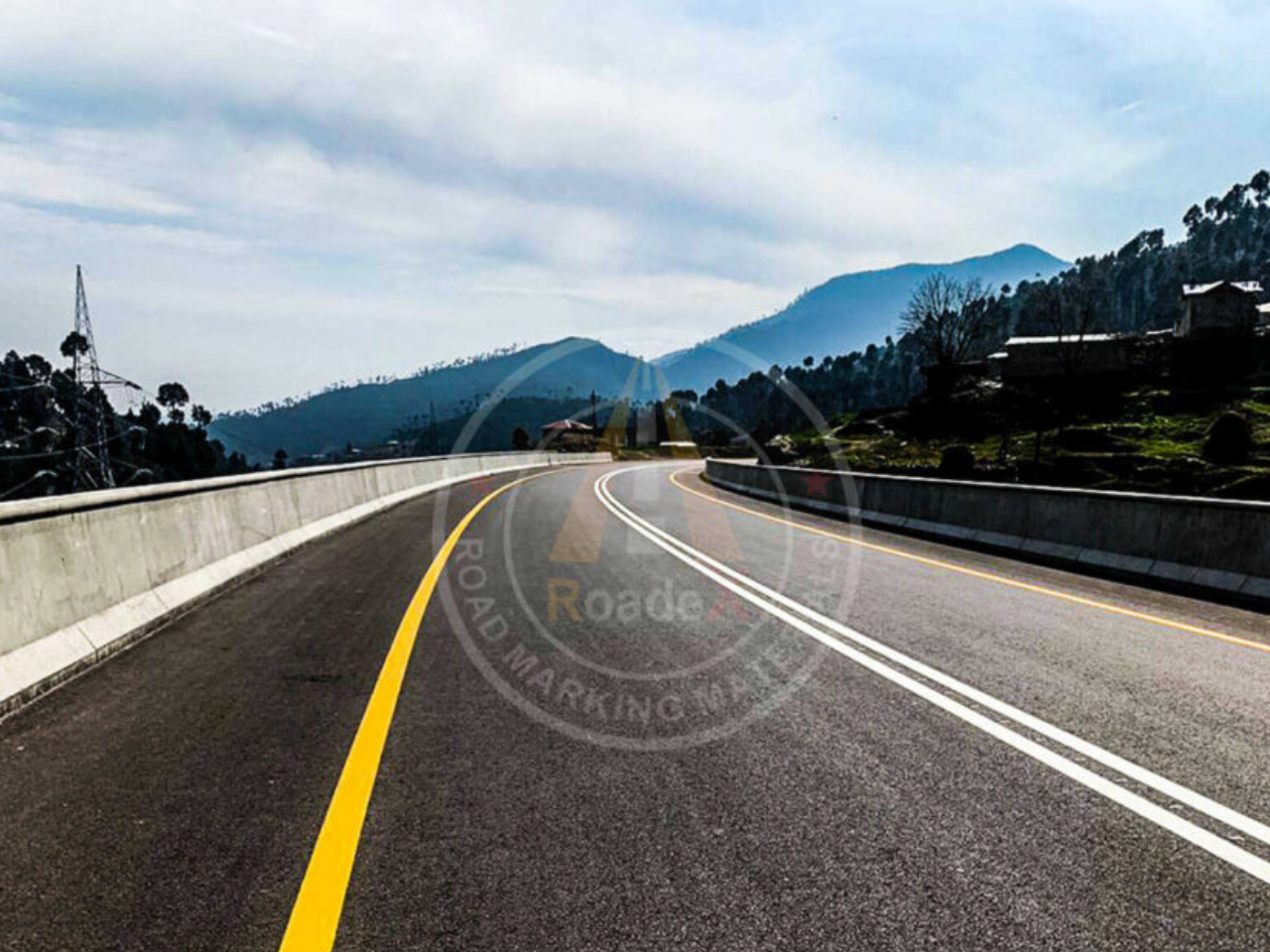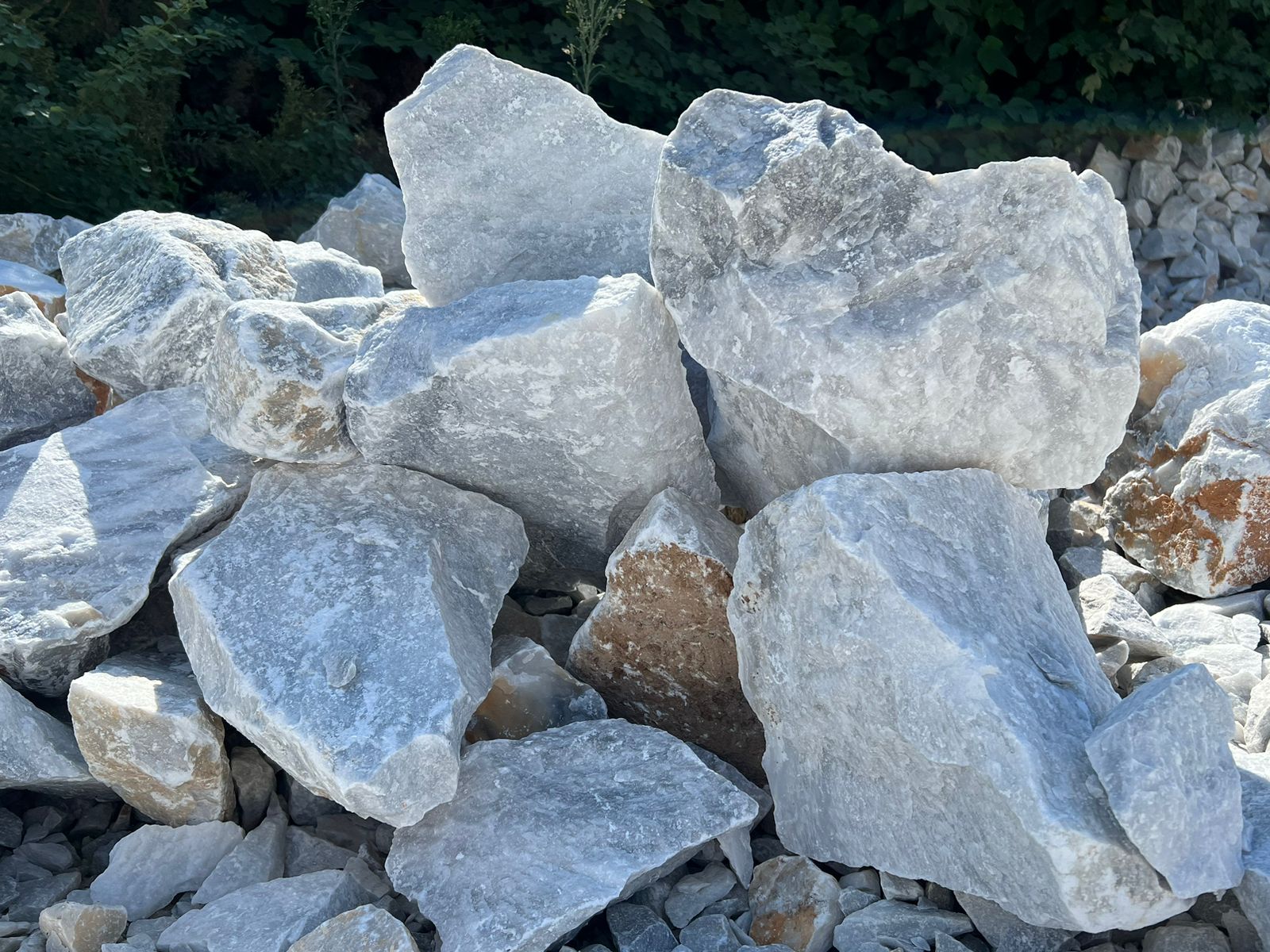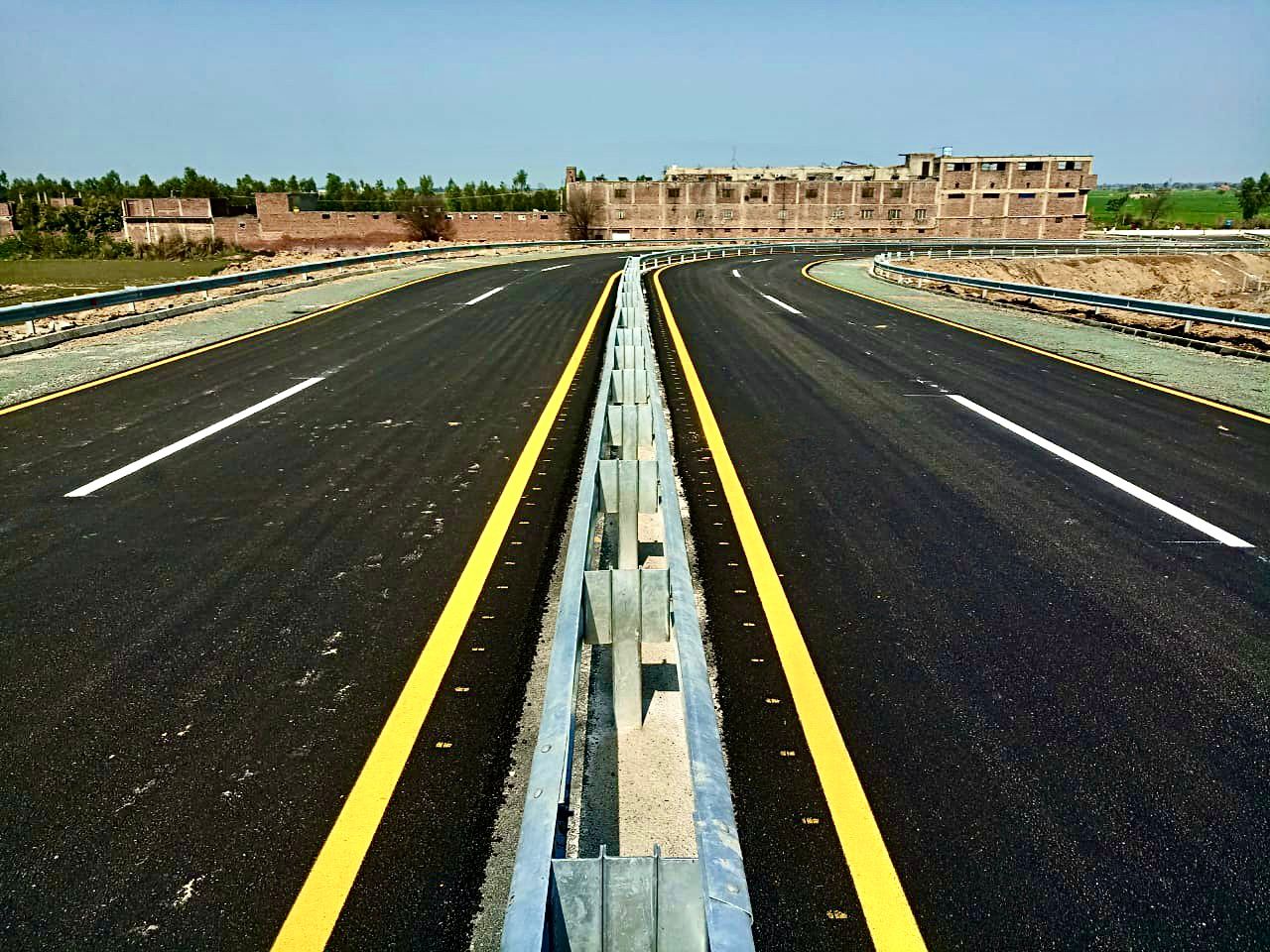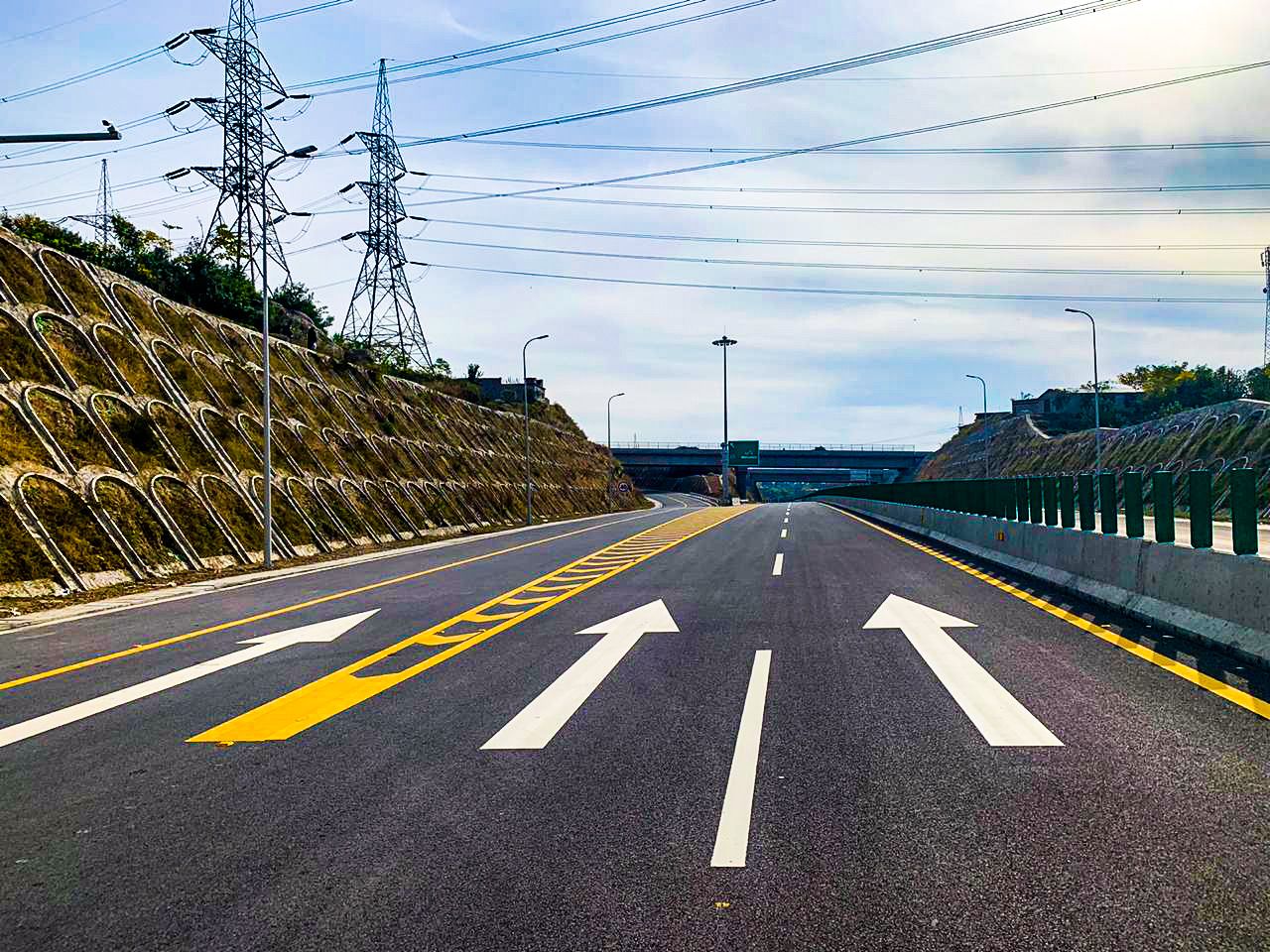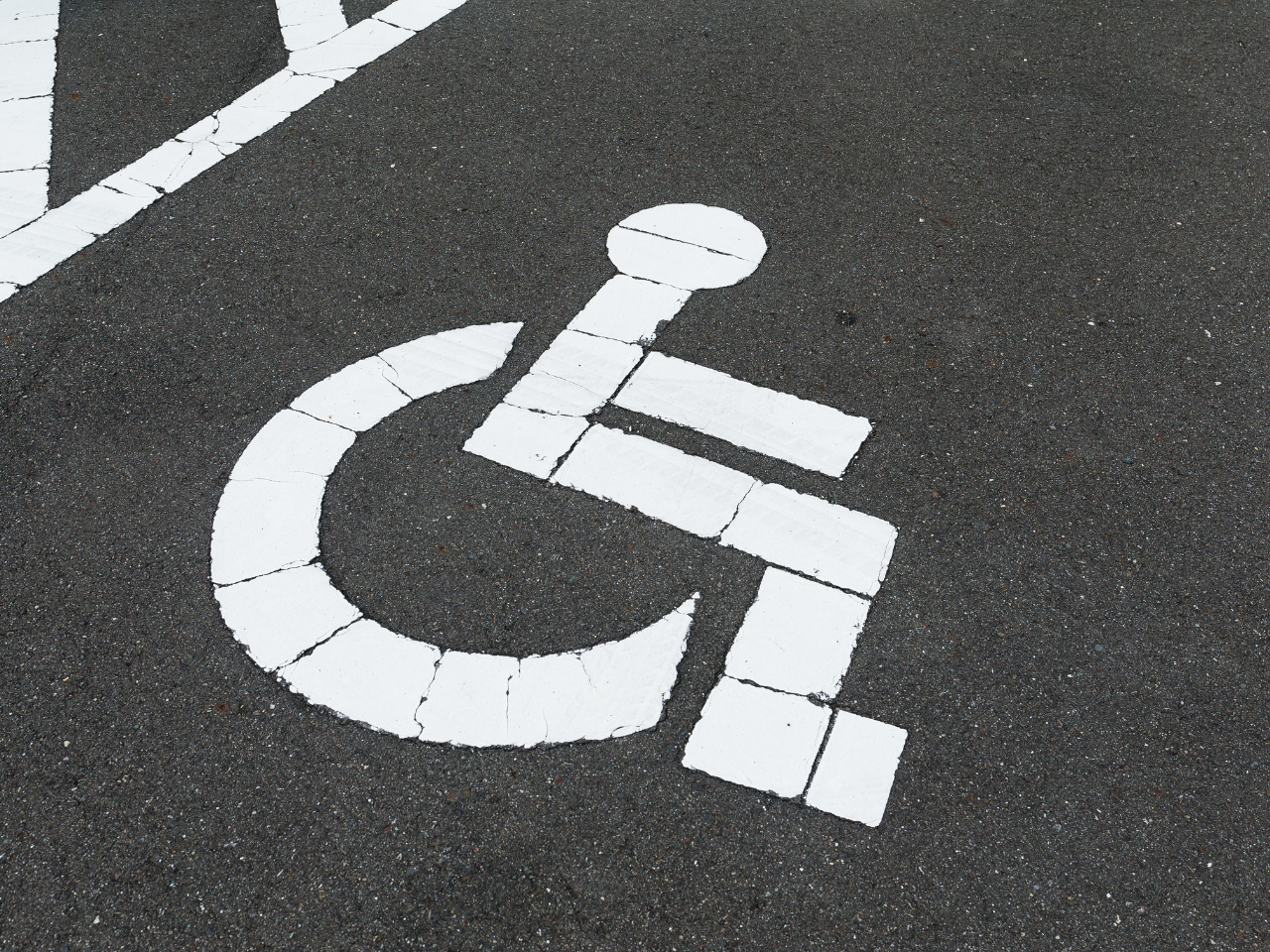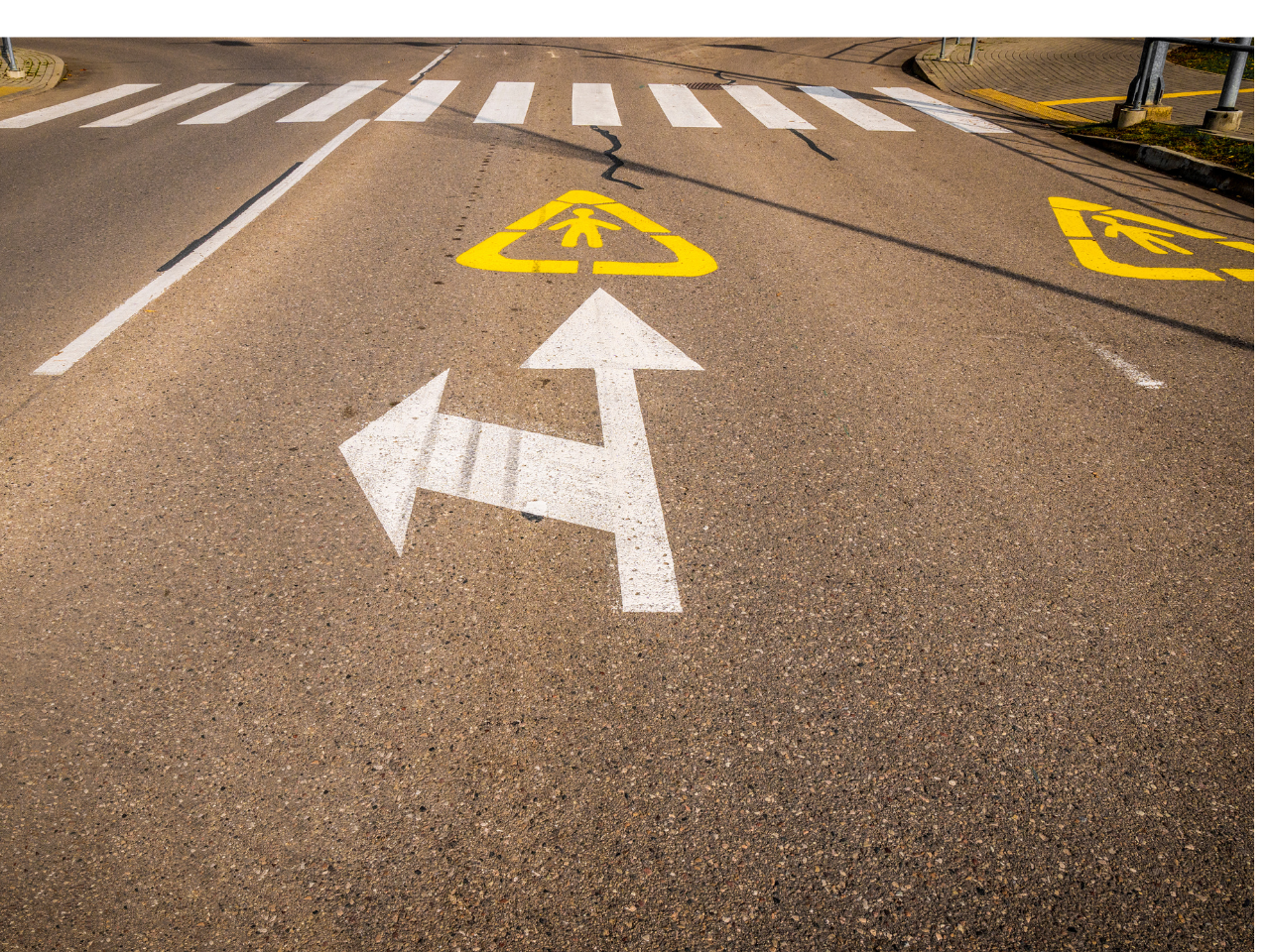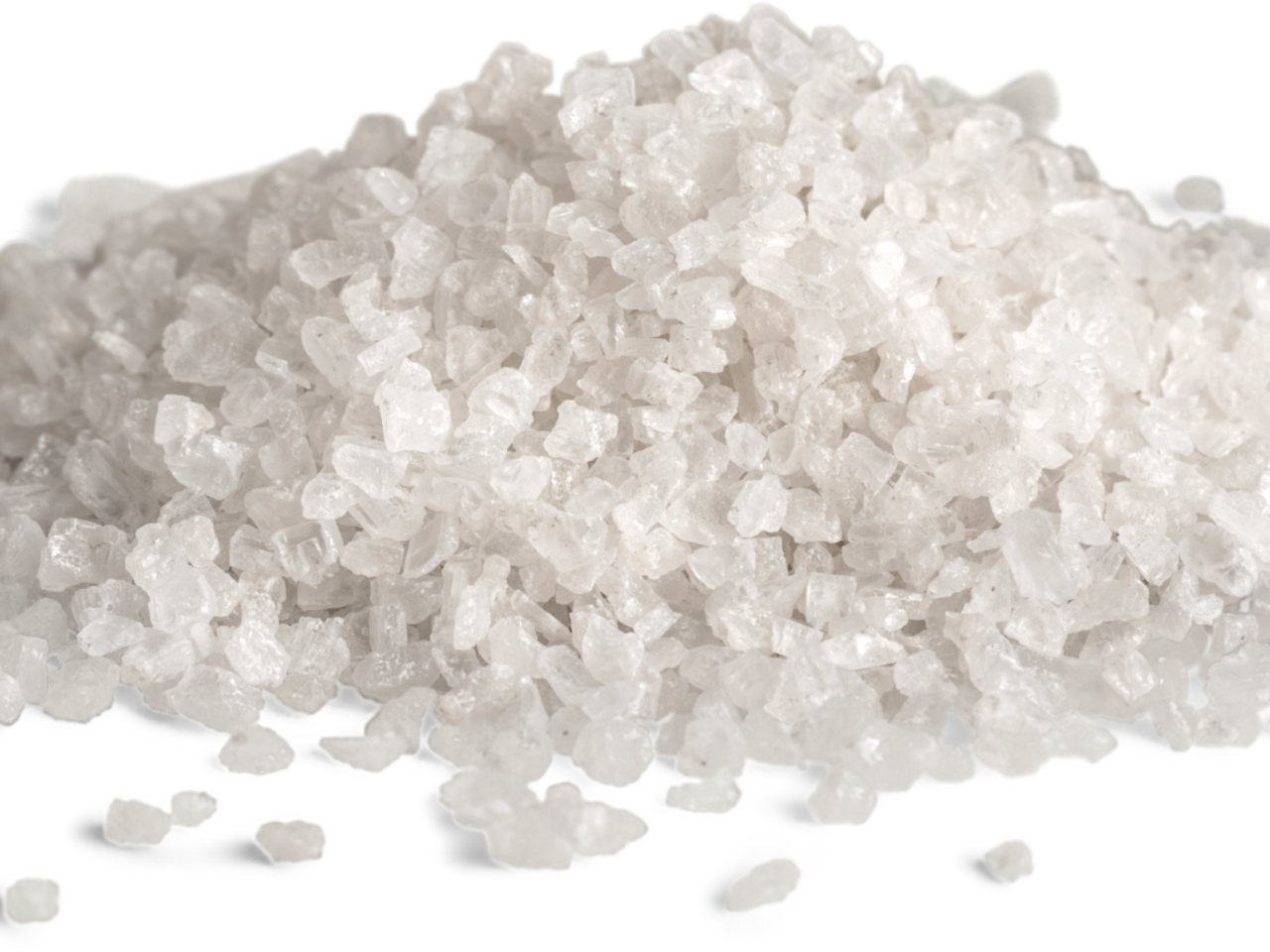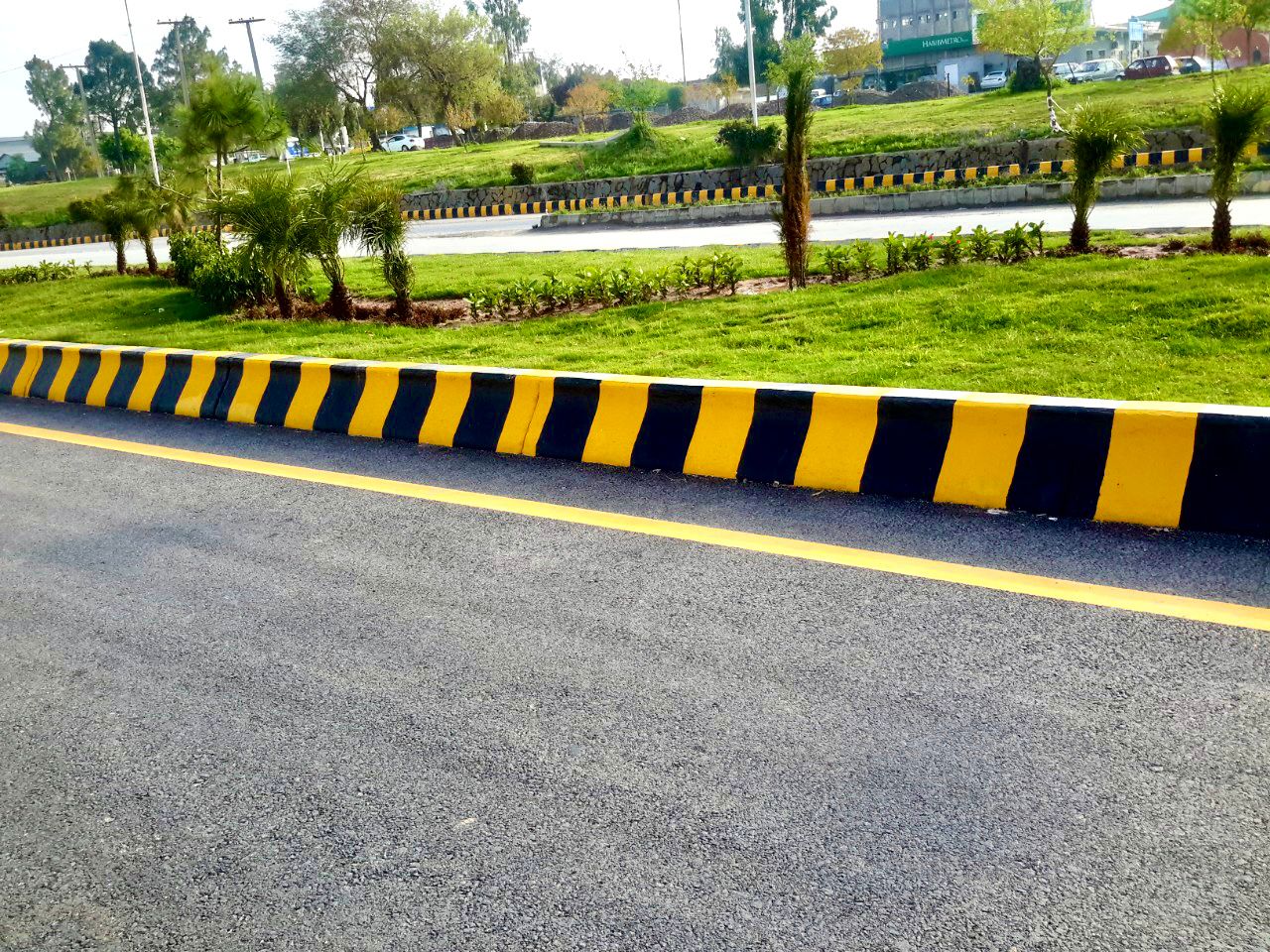What Are Road Marking PaintS?
Road marking paints play a crucial role in maintaining safety and order on our roadways. As drivers, we rely on these markings to guide us, inform us of potential hazards, and regulate traffic flow. Without them, chaos would ensue, leading to increased accidents, confusion, and congestion. Road marking paint, with its vibrant colors and clear indications, provides essential visual cues to drivers, pedestrians, and cyclists, helping them navigate the complex network of roads and highways.
The purpose of road marking paint goes beyond mere aesthetics. Its primary function is to improve traffic safety by enhancing visibility and communication on the road. Whether it’s indicating lanes, guiding drivers through intersections, marking pedestrian crossings, or highlighting specific zones such as parking areas or bike lanes, road marking paint serves as a universal language that drivers across the world understand and follow.
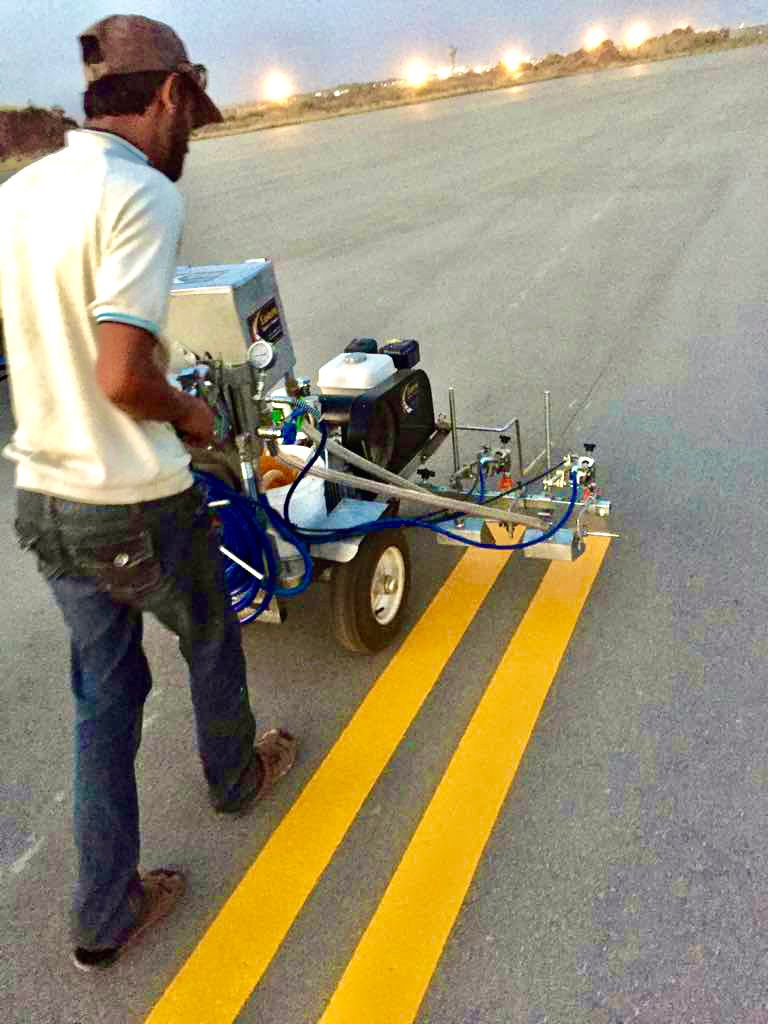
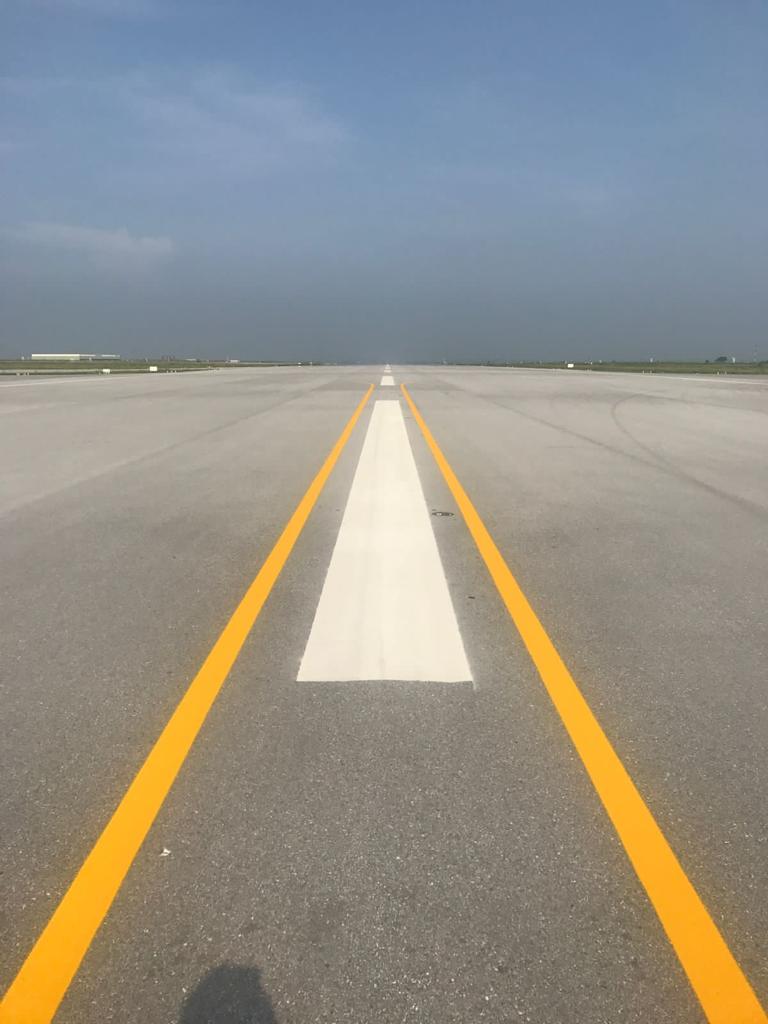

TSS Road Marking Project
Road marking paint comes in various forms, each designed to meet specific needs and conditions. Water-based paint, solvent-based paint, thermoplastic paint, and reflective paint are among the commonly used types. These paints differ in their composition, application techniques, durability, and visibility. The choice of road marking paint depends on factors such as climate, traffic volume and speed, surface type, and environmental considerations.
Applying road marking paint requires skill and precision. Proper surface preparation, use of specialized equipment, and adherence to industry guidelines are crucial to ensure clear and durable markings. With advancements in technology, innovative techniques such as smart road markings are also emerging, promising enhanced safety and efficiency.
What are the different kinds of Road Marking Paints?
There are different kinds of Road marking paints that serve different kinds of purposes. To name a few, here are some of the road marking paints:
1. WATER-BASED PAINT
Water-based road marking paint is one of the most widely used types. It consists of pigments, binders, fillers, and additives, with water as the solvent. This paint is known for its quick drying time, allowing for faster road reopening after application. Water-based paint is generally environmentally friendly, as it has lower levels of volatile organic compounds (VOCs) compared to solvent-based alternatives. It offers good visibility during the day but may have reduced reflectivity at night.
2. SOLVENT-BASED PAINT
Solvent-based road marking paint is composed of pigments, binders, fillers, and organic solvents like xylene or toluene. This type of paint provides excellent durability, resistance to wear, and enhanced reflectivity, especially at night. Solvent-based paint adheres well to various surfaces, making it suitable for both asphalt and concrete roadways. However, it has higher VOC content, which can contribute to air pollution and environmental concerns. Proper safety measures should be followed during application due to the flammable nature of the solvents.
3. THERMOPLASTIC PAINT
Thermoplastic road marking paint consists of synthetic resin, glass beads, pigments, and fillers. It is heated to a molten state and applied on the road surface, where it cools and solidifies, forming a highly durable marking. Thermoplastic paint offers excellent retro-reflectivity, making it highly visible at night and in adverse weather conditions. It has superior longevity and can withstand heavy traffic and harsh climates. Additionally, thermoplastic markings have a slightly raised profile, providing tactile feedback to drivers. This type of paint is commonly used for high-traffic areas, highways, and airport runways.
4. REFLECTIVE PAINT
Reflective road marking paint is designed to enhance visibility and safety during nighttime driving. It typically incorporates glass beads or reflective microspheres, which are embedded in the paint. These beads reflect light from headlights back to the driver, making the road markings highly visible in low-light conditions. Reflective paint is often used in conjunction with other types of road marking paints to ensure optimal visibility, especially on highways and dimly lit areas.
It’s important to note that each type of road marking paint has its own advantages and considerations. Factors such as climate, traffic volume, road surface, and specific project requirements should be taken into account when choosing the appropriate paint. Consulting with road marking professionals and adhering to local regulations and guidelines will help ensure the selection of the most suitable type of paint for a given road marking project.
WHAT ARE THE BENEFITS OF ROAD SAFETY PAINTS?
Road marking paints offer several benefits that contribute to road safety, efficient traffic flow, and overall transportation management. Here are some key benefits of road marking paints:
1. ENHANCED VISIBILITY
Road marking paints use vibrant colors and reflective materials like glass beads to enhance visibility, especially during low-light conditions and at night. Clear and visible road markings provide essential guidance to drivers, helping them stay within their lanes, navigate intersections, and anticipate upcoming road conditions.
2. IMPROVED TRAFFIC ORGANIZATION
Road marking paints play a crucial role in organizing traffic flow by indicating lanes, turn lanes, and pedestrian crossings. They provide clear instructions and prevent confusion among drivers, minimizing the risk of accidents and traffic congestion. Properly marked roads ensure smoother transitions and better coordination at intersections and roundabouts.
3. INCREASED SAFETY FOR PEDESTRIANS AND CYCLISTS
Road markings designate pedestrian crosswalks, bike lanes, and shared spaces, promoting the safety of vulnerable road users. Clear and well-maintained markings help drivers anticipate and respect these designated areas, reducing the potential for collisions and improving the overall safety of non-motorized transportation.
4. TRAFFIC CALMING MEASURES
Road marking paints can be used strategically to implement traffic calming measures, such as speed humps, speed limit markings, and visual cues to slow down. These markings alert drivers to potentially hazardous areas, encouraging them to reduce speed and exercise caution.
5. ACCURATE LANE GUIDANCE
Road marking paints provide precise lane guidance, preventing lane drifting and reducing the risk of side-swipe collisions. Clearly marked lanes help drivers maintain proper spacing, change lanes safely, and execute maneuvers such as merging or exiting highways with confidence.
6. IMPROVED NIGHTTIME VISIBILITY
Reflective road marking paints enhance visibility during nighttime driving. By reflecting light from vehicle headlights, these markings ensure that drivers can see and follow the road layout, reducing the chances of veering off course or missing critical turns or exits.
7. LONGEVITY AND DURABILITY
Depending on the type and quality of the paint used, road marking paints can exhibit excellent durability, withstanding the wear and tear caused by traffic and weather conditions. Durable markings reduce the frequency of repainting, saving time and maintenance costs.
8. COST-EFFECTIVENESS
Well-maintained road markings contribute to efficient traffic flow and reduced accident rates, ultimately resulting in cost savings for society. Clear and visible markings minimize driver confusion, potential collisions, and associated expenses such as vehicle damage repairs and medical costs.
Winding Up
Overall, road marking paints provide a visual communication system that improves road safety optimizes traffic organization, and enhances the overall transportation experience for all road users. By investing in high-quality road marking paints and regular maintenance, communities can create safer and more efficient road networks.

